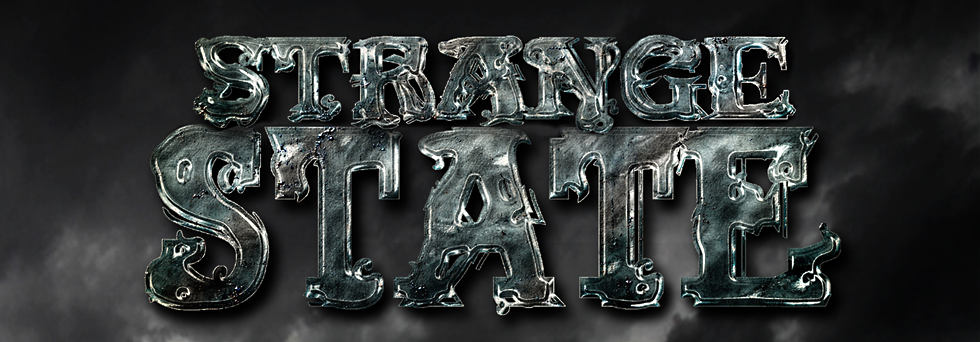Brimming with classic elements of German expressionist cinema, romanticism, abstactism and dadaism, 1932's "Vampyr" is visually beautiful and hauntingly ahead of its time. Designed to be silent, the film was rushed into sound upon that technology's sudden arrival. It lacks a great deal of dialogue and is probably better for it. It's one of the many devices that make this early horror work powerful. No remote hero stands, arms akimbo, ready to save the day in this bleak film about a vampire that terrorizes a sleepy village. Instead we watch as the protagonist delves into darkness to face not only monsters without but the terrifying prospect of his own damnation.
Diffuse and dreamy, "Vampyr" is a cinematic nightmare: monsters of various kinds (shadow people, the undead, ghosts, mad doctors...) move about a plot that meanders, overlaps, ends abruptly, and leaves the viewer with many questions. But this is the nature of a dream.
Helmed by Danish filmmaker Carl Theodore Dryer, and inspired by the 1872 story "Carmilla" by Sheridan Le Fanu, "Vampyr" tells the story of an occult scholar who travels to a village outside Paris to investigate strange goings on. Allen Gray is awakened in the night by a stranger in his room who leaves a package with the instruction that it only be opened upon his death. In learning more, Gray is led by surreal, shadows without source. They lead him to the lair of a mad doctor and a strange old woman--the vampire.
At a nearby manor, Gray finds the man who left him the package. He lives in the gothic pile with a handful of servants and his two daughters, one of whom has become the victim of the vampire. Soon after his arrival, the father is shot. Gray then opens the package and discovers a book about vampires. This device allows the film to explain--to an audience not as well versed on the lore as one today--the bullet points of vampire lore.
Hunting a female vampire in 1932 wasn't the norm, but the evil that preys upon young women of the village is Marguerite Chopin, a woman who had been buried 25 year prior without the rites and blessings of the church. But inexplicably woven with her story is that of a less than scrupulous doctor (and his poisons) and the father of two comely young women who is himself a vampire.
Much of the disjointed and confusing movements of the film form a pattern of psychological realism that, at times, evokes the synaptic irregularity of dreamscapes, but also represents the limited viewpoints of real life narratives.
Another striking fact of "Vampyr" is the lack of Christianity in the defeat of the creature, a staple of almost all writing and films before and for a good deal after its release. Even today, crosses and holy water play integral parts in most vampire films. Only two scenes ever existed that portrayed religious elements, but they ended up being cut from the final versions of the film. And while there is a priest and a nun at hand throughout the film, they serve almost no role in felling the supernatural forces. Ironically, the priest does have a hand in ridding the village of its flesh and blood mad doctor.
While weighed down by a weak leading actor (a concession made to receive the young man's funding for the film) and none-too-easily digested plot, the film is a milestone in horror and shows that early on filmmakers were less concerned with scaring the crap out of audiences than creating art--even art populated by the horrible. A lesson I think many of today's cinematic auteurs should learn.

1 comment:
Okay, that's it! I must see it. People keep telling me to see it and I keep forgetting. I'm going to see if it's on Netflix and put it in the queue.
Post a Comment